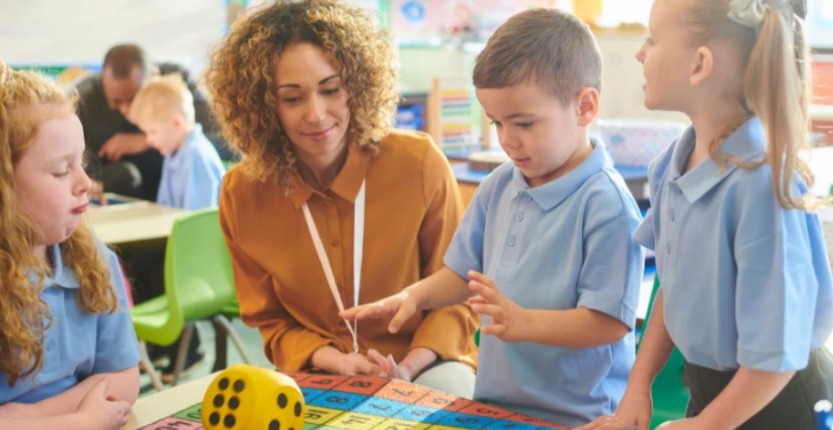
Active learning is using hands-on activities to help engage students in classwork rather than having them listen to more traditional teaching, like listening to lectures and watching videos. Game-Based Learning is great if a teacher wants to include active learning in their classroom. For example, a teacher can play a game with dice and have students actually rolling the dice. This might be great for counting practice in math with young students, so they could roll the dice and then count the number of dots on the dice. Another great thing about using games in learning is that the amount of difficulty/challenge level is easily changed, depending on how much the teacher prefers to challenge their students. Sometimes passive learning can be too broad, which may leave some students that are ahead of others less stimulated, and students who need more support, overwhelmed. This is why game-based learning would be great for a classroom with many different levels of students, because a game can be easily changed to make it more or less challenging in order to accommodate the students’ needs.
For example, ESL classrooms usually have many different learning levels, which means that passive learning may be overlooking students’ needs. A word matching game of some sort would be great for ESL students because the level can be easily changed by changing the difficulty of the vocab words. In this way, students’ needs can be met more precisely, and that’s why game-based learning is great for different level students.
[Professional advice]: Effective use of Game-based learning
https://www.youtube.com/watch?v=-X1m7tf9cRQ
[Image]:
https://sphero.com/blogs/news/how-to-teach-computational-thinking-in-classroom

Leave a Reply
You must be logged in to post a comment.